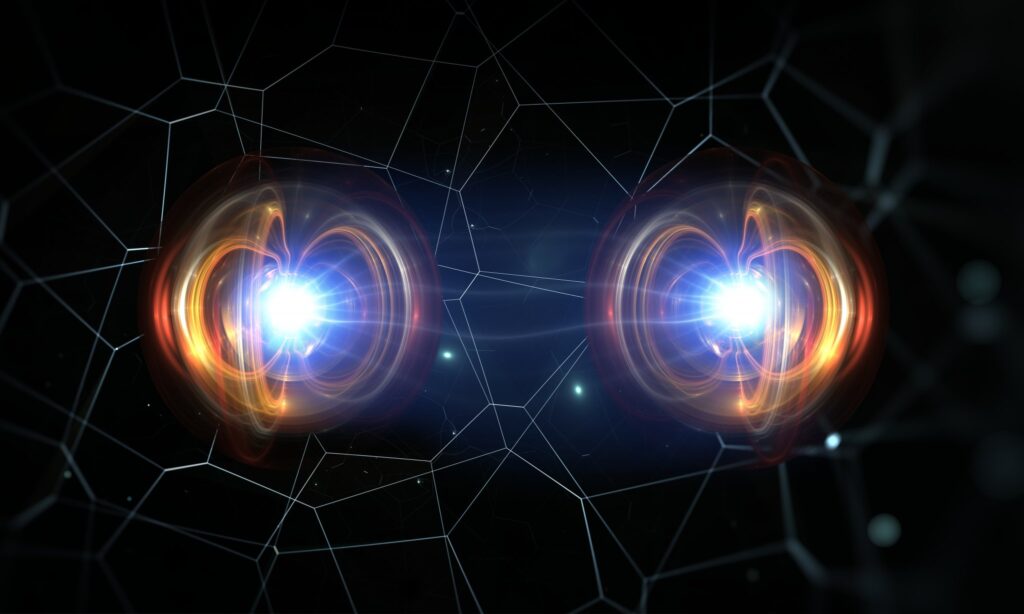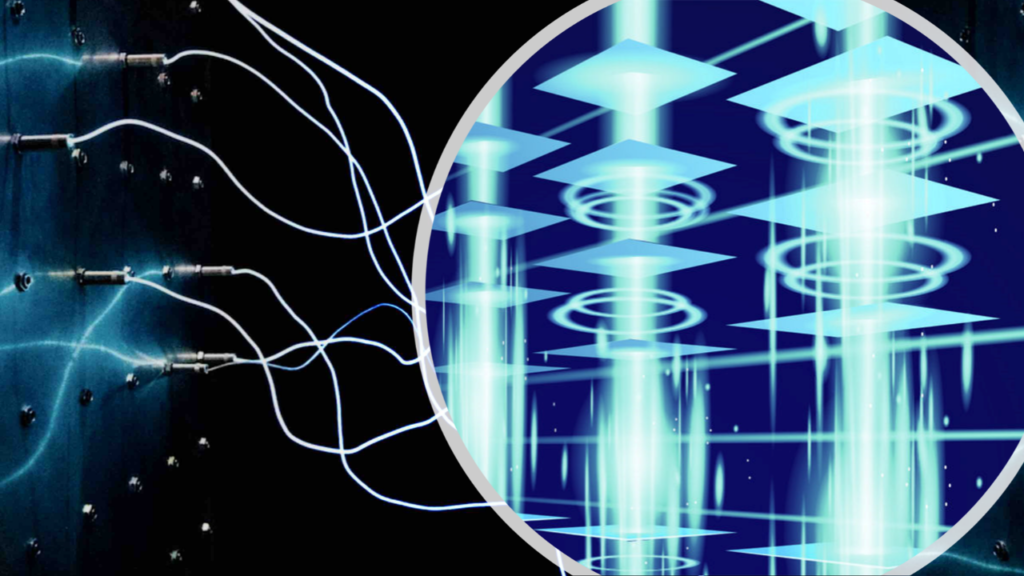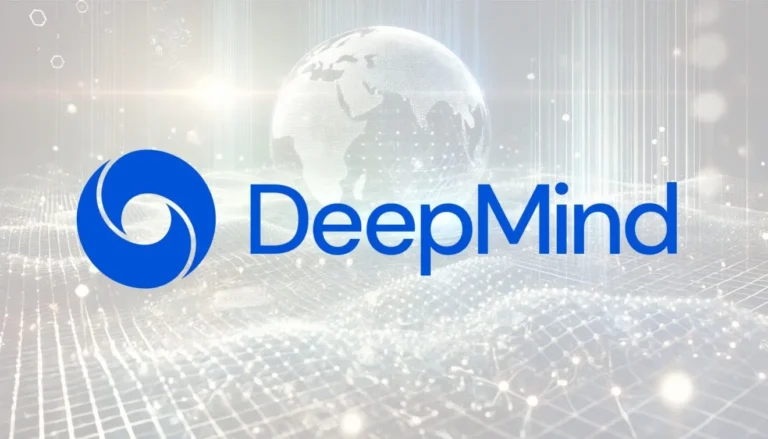
Until now, the concept of energy teleportation sounded like something from a sci-fi movie. But thanks to a new scientific breakthrough, quantum energy networks are becoming a tangible reality.
A research team has successfully demonstrated quantum energy teleportation (QET) across multi-qubit systems using W-state entanglement — proving that energy can be distributed across quantum nodes without wires or physical carriers.
This isn’t just a cool physics trick — it’s the beginning of an entirely new way of thinking about how energy moves across computing and communication systems.
🔬 What Is Quantum Energy Teleportation?
Quantum Energy Teleportation (QET) is a theoretical concept where energy is transmitted between entangled quantum systems using local operations and classical communication — all without moving particles or signals that carry energy.
Unlike traditional energy transfer, QET relies on entanglement and local measurements to redistribute energy between distant qubits. This reduces the need for power lines, interconnects, or even direct wiring in next-gen quantum computers.
🌐 Why W-State Entanglement Changes the Game
In the new study, researchers used W-state entanglement — a multipartite quantum state where energy can be shared across multiple qubits even if some are lost or disconnected. This makes it more robust than other types of entanglement (like GHZ states), especially for real-world implementation.

They tested 3-, 4-, and 5-qubit systems using IBM’s superconducting quantum hardware and simulators. In every case, a single unit of energy (E₀) was injected and successfully teleported across the network to multiple receivers using only entanglement and classical communication.
⚡ Key Implications of Quantum Energy Networks

This isn’t just a physics breakthrough — it’s the groundwork for energy-aware, self-powering quantum devices.
1. Self-Sustaining Quantum Computers
Quantum computers could one day move energy internally across qubits without any wiring, reducing noise and improving stability.
2. Energy-Efficient Quantum IoT
Quantum sensors and devices in the future may use these teleportation protocols to share and balance energy loads in decentralized networks.
3. Quantum Cloud Infrastructure
QET could change the architecture of cloud-based quantum computing, enabling energy routing between qubit clusters in real time.
🧪 Scientific Credibility: Backed by Peer Review
This isn’t speculative. The experiment was published on arXiv and peer-reviewed. It’s the first working multi-node energy teleportation protocol, executed on real quantum hardware.
This sets a precedent for:
- Quantum thermodynamics
- Multi-node energy exchange
- Next-gen communication between quantum computers
🛠️ Challenges Ahead
While the results are promising, building large-scale quantum energy networks will require:
- Noise-resistant entanglement at scale
- Low-error quantum gates
- Hardware integration into existing systems like IBM Q or Google Sycamore
But the building blocks are now proven.
🧠 Final Thoughts: Is Energy Teleportation Our Future?
This research proves that quantum networks won’t just exchange information — they’ll exchange energy. From powering qubits on demand to stabilizing large-scale quantum systems, the ability to teleport energy opens doors that classic physics never could.
With China pushing ahead in silicon-free transistors and now breakthroughs like QET using W-state entanglement, the quantum future is no longer hypothetical — it’s unfolding in real time.





1 thought on “Quantum Energy Networks Are Now Real: W-State Entanglement Proves Energy Can Be Teleported”